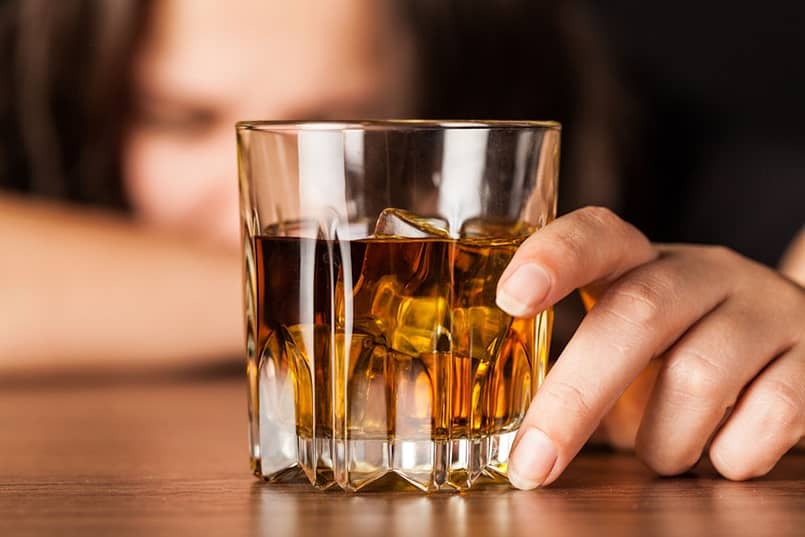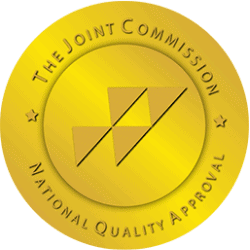Are you seeking an alternative to traditional beer while navigating the recovery journey? With its increasing availability and variety, non-alcoholic beer presents an intriguing option for those looking to enjoy the taste of beer without consuming alcohol. While non-alcoholic beer may seem like a harmless choice, it is important to recognize and understand the potential dangers it poses for those in recovery.
In this article, we will delve into the dangers of non-alcoholic beer that can undermine its sobriety and discuss the reasons why this type of beer may not be suitable for individuals in recovery. By gaining awareness of these dangers, individuals can make informed decisions regarding their treatment plan and start their recovery journey.
What Is Non-Alcoholic Beer?

Non-alcoholic beer can be consumed by individuals who are looking to avoid alcohol for health, religious, or personal reasons. It allows them to participate in social events where beer is typically served without having to abstain or turn to other alternatives. This beer suits designated drivers, pregnant women, and those reducing alcohol intake while still enjoying social events. Non-alcoholic beer contains less than 0.5% ABV, making it safe for consumption without impairing cognitive or physical functions.
How is Non-Alcoholic Beer Made?
Non-alcoholic beer is crafted using a variety of methods to reduce alcohol content while preserving traditional beer flavors and characteristics. Here are some common techniques used in the production of non-alcoholic beer:
One of the most common methods is called vacuum distillation. This process involves heating the beer under vacuum conditions to lower its boiling point, allowing the alcohol to be removed at a lower temperature than the flavor compounds. The vaporized alcohol is then collected and condensed back into liquid form.
Another technique is called reverse osmosis. In this method, the beer is passed through a special membrane that separates alcohol from water and other components based on their molecular size. The alcohol is then removed, and the remaining liquid is blended with concentrated beer to achieve the desired flavor.
The next method is known as arrested fermentation. During the brewing process, yeast ferments the sugar in the wort to produce alcohol and carbon dioxide. In arrested fermentation, the process is stopped before significant alcohol production occurs, resulting in a lower alcohol content.
Heat can be used to evaporate alcohol from the beer without affecting its flavor. However, this method can also lead to changes in the beer’s taste and aroma if not carefully controlled.
Lastly, there is the process of dilution. Some non-alcoholic beers are made by diluting regular beer with water to reduce the alcohol content. This method is less common as it can result in a weaker flavor profile.
What Are The Possible Dangers of Non-Alcoholic Beer?
Non-alcoholic beer, despite its label, is not exempt from potential risks associated with consumption. While it offers an alternative for those looking to enjoy the taste of beer without the alcohol content, it’s essential to recognize that overindulgence or certain individual circumstances can still lead to adverse effects. Here’s a closer look at the potential dangers linked to non-alcoholic beer:
Non-alcoholic beer can still contain a small amount of alcohol, typically around 0.5% ABV. While this amount is minimal compared to regular beer, it could pose challenges for individuals sensitive to alcohol or in recovery from addiction. For those in recovery, even a tiny amount of alcohol in non-alcoholic beer might trigger cravings or setbacks, disrupting their progress. Additionally, individuals who are sensitive to alcohol’s effects may experience discomfort or adverse reactions.
The dangers of non-alcoholic beer are rooted in its ability to impair judgment and coordination, despite its low alcohol content. While it’s commonly viewed as a safer option, excessive consumption can still undermine decision-making and motor skills. This presents dangers, particularly in tasks such as driving or operating machinery, where maintaining focus and alertness is crucial for safety.
Non-alcoholic beer consumption can also lead to increased calorie intake. While it may be perceived as a healthier alternative due to its reduced alcohol content, it still contains calories and carbohydrates. Consuming non-alcoholic beer excessively can contribute to weight gain, as these calories can add up over time.
Some medications may have negative interactions with even small amounts of alcohol. Consuming non-alcoholic beer while taking certain medications can lead to adverse effects, including drowsiness, dizziness, or inhibited effectiveness of the medication.
Non-alcoholic beer may contain ingredients such as gluten or specific additives that can trigger allergic reactions in susceptible individuals. As with any food or beverage, it is important for individuals with known allergies to carefully check the ingredients before consuming.
Some believe that drinking non-alcoholic beer could lead people to start drinking regular alcoholic beverages. The idea is that if someone enjoys the taste of non-alcoholic beer, they might be tempted to try stronger drinks later on. This could happen because non-alcoholic beer tastes similar to regular beer and is often consumed in social settings where alcohol is present. While there’s not strong evidence to support this idea, it’s still something to consider, especially when it comes to preventing alcohol misuse.
It is important to note that the risks associated with non-alcoholic beer are generally minimal and depend on individual circumstances. Consult a doctor or abstain if health concerns or recovery goals are present. Always prioritize your well-being and seek guidance.
What are Alternatives to Non-Alcoholic Beers?
When looking for substitutes for both traditional alcoholic and non-alcoholic beers, there are many enticing options to consider. These alternatives provide refreshing and flavorful choices, allowing you to engage in social gatherings without compromising your dedication to sobriety. Some of the most prevalent alternatives to alcoholic and non-alcoholic beverages include:
- Sodas and Soft Drinks: Enjoy a wide range of sodas and soft drinks, including cola, lemon-lime soda, ginger ale, root beer, or flavored carbonated water. These beverages provide sweetness and fizziness without any alcohol content.
- Fruit Smoothies: Blend up your favorite fruits with yogurt, milk, or non-dairy alternatives to create delicious and nutritious smoothies. Experiment with different combinations of fruits and add-ins like protein powder or nut butter for added flavor and texture.
- Iced Tea and Coffee: Quench your thirst with iced tea or coffee, either homemade or store-bought. You can enjoy them plain or add flavors such as lemon, mint, or sweeteners like honey or syrup to customize your drink.
- Sparkling Juices: Indulge in the bubbly goodness of sparkling juices, which come in various fruit flavors and offer a festive alternative to alcoholic beverages for special occasions or celebrations.
- Flavored Water Infusions: Infuse water with fresh fruits, herbs, or cucumbers to add natural flavor without any added sugars or alcohol. Experiment with different combinations to create your signature-infused water blends.
- Kombucha: Explore the world of kombucha, a fermented tea beverage known for its tangy flavor and potential health benefits. Kombucha comes in various flavors and can be a satisfying alternative to alcoholic drinks.
How to Manage Alcohol Cravings
Managing alcohol cravings can be challenging, especially for individuals who are striving to maintain sobriety. But hey, don’t lose heart! With a good dose of determination and some solid strategies in your toolkit, you can conquer those cravings. Discovering what suits you best and sticking with it is key. Here are some strategies that may be beneficial:
Recognize the situations, emotions, or activities that trigger your cravings for alcohol. Understanding your triggers can help you develop strategies to avoid or cope with them more effectively.
Replace drinking alcohol with healthier activities that provide similar benefits, such as exercising, practicing mindfulness or meditation, pursuing hobbies, or spending time with supportive friends and family.
Learn and practice coping skills to manage stress, anxiety, or negative emotions without turning to alcohol. This might include deep breathing exercises, progressive muscle relaxation, journaling, or seeking professional therapy or counseling.
Surround yourself with supportive individuals who understand your goals and can offer encouragement and assistance when needed. Joining a support group, such as Alcoholics Anonymous, can provide valuable peer support and accountability.
Stay away from places, events, or people that may tempt you to drink alcohol. If social situations involving alcohol are unavoidable, plan and have an exit strategy in place to remove yourself if necessary.
If you’re struggling to manage your alcohol cravings on your own, don’t hesitate to seek professional help. A healthcare provider or therapist can offer personalized support, guidance, and treatment options tailored to your individual needs.
Remember that overcoming alcohol cravings is a gradual process, and it’s okay to seek help and support along the way. Stay patient, stay committed to your goals, and celebrate your progress, no matter how small.
Seek Recovery at Ambrosia Behavioral Health

Our team is dedicated to guiding you through recovery, offering personalized care and support at every step of the way. Seek recovery and contact us today!




